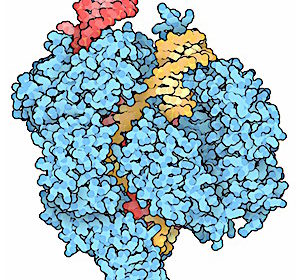In a bold first, China has used the hot new genetic engineering technique, CRISPR/CAS9, on humans, to treat a particularly aggressive form of cancer. This may herald the start of a medical race between China and the United States, which could have profound, and potentially positive effects on modern medicine. But it’s not without risks.
CRISPR/CAS9 is a revolutionary gene editing technique, which scientists first learned about when studying the interaction between bacteria and the deadly viruses, called phages, which threaten them. With CRISPR, genes can be cheaply and quickly added and removed from the genomes of organisms. The method is very powerful, and has amazed the scientific community. But it’s not perfect.
The Chinese researchers used CRISPR to turn off a gene that inhibits the immune system in some cells extracted from a cancer patient. Then they cultured these genetically edited cells, and reintroduced them into the patient. The hope is that the genetically modified cells will fight the aggressive cancer and heal the patient. Preliminary results are encouraging but the trial is by no means complete, and the verdict is still out.
Harkening back to the early era of space exploration, in which competition between the United States and Soviet Union triggered a period of tremendous innovation and discovery, many hope that a similar spirit of competition may arise between the United States and China, two countries that lead in CRISPR/CAS9 research. Many positives, and a few negatives, may result from such a highly competitive environment between these two powerful and scientifically advanced nations.
Since CRISPR is a fast, efficient, and economical, way to edit genomes, medical researchers hope to cure a host of genetic ailments with the technique, including, but not limited to, many types of cancers. Of course, the prospect that this innovative technique could be used in the future to create designer babies, possessing desirable vanity traits, and the danger that an unexpected negative consequence might arise from CRISPR modifications, has generated concern among some. Therefore it’s wise to proceed with caution. However, the potential of this method to treat or even cure a host of serious diseases is high, and warrants further serious research.
Learn about China’s use of CRISPR/CAS9 in a human subject (Science Alert)
Photo: By David Goodsell – RCSB PDB Molecule of the Month, CC BY 3.0, Link




